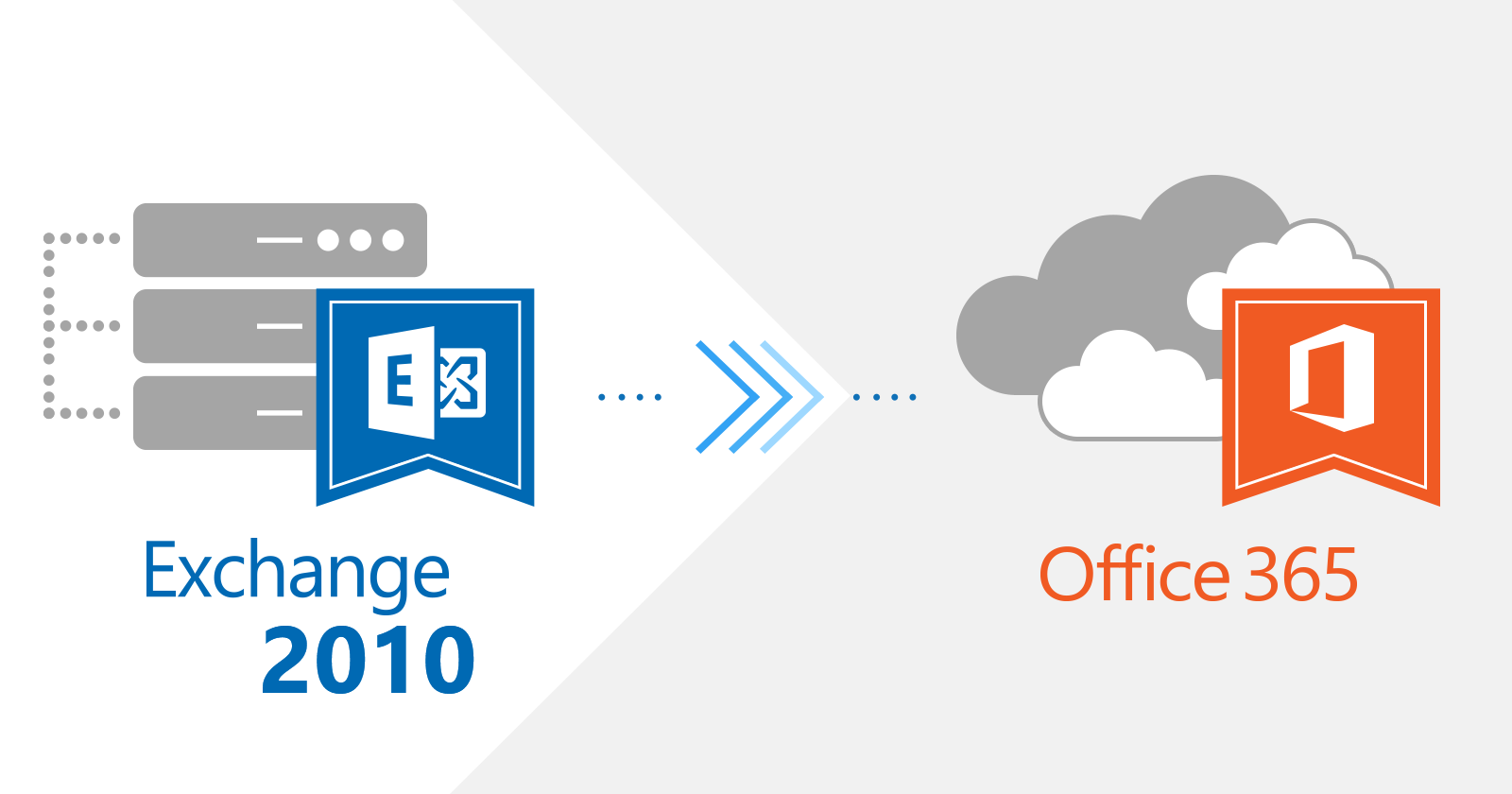Computer and internet usage continues to grow globally. For example, recently released figures by the U.S. Census Bureau for 2018 showed that over 53% of households in the U.S. have “high connectivity,” meaning they have a computer (desktop or laptop), smartphone, a tablet, and broadband internet connection. Furthermore, 92% of households had at least one way of accessing the internet.
Businesses rely on blogging to reach their consumers. With more than 4.6 million people currently connected worldwide, blogging is the best tool for driving website traffic, promoting products, engaging audiences, and building consumer trust.
6 Best Blogging Tools in 2022
Getting the proper blogging tools is vital for excellent writing, faster publishing, and higher search engine rankings. These are the six best blogging tools in 2022:
1. WordPress and Your Blog Hosting
Initially, you need a hosting platform, and content management system or CMS tools like WordPress, Wix, or GoDaddy provide the best strategies because of the functionalities built into their platforms.
WordPress is an entirely free and highly flexible web hosting, building, and blogging platform. You only purchase a domain name and web hosting. In addition, its open-source management system allows endless customization possibilities because it has thousands of plugins and theme templates.
Your business requires several software applications, and WordPress allows you to integrate packages, including CRM and lead-generation tools. Most importantly, WordPress has several support resources to help you build your website, improve SEO and create professional blogs.
WordPress is not a drag-and-drop builder, so you may find it challenging if you have no experience. You may also need to know some basic coding for some applications. A WordPress hosting package is the best way to run it and ensure it is secure; otherwise, you are responsible for it. Read TRUiC’s WordPress review to learn more about this popular blogging tool.
2. Planning Your Blog Keywords With Semrush
Planning your blog strategy requires a tool to help you define your target audience, find topics that appeal to them, and keep them engaged.
Semrush is the best tool for keyword research and rank tracking. It also does site audits and traffic analysis. Semrush is a good tool for finding long-tail keywords to give you the best search engine results for organic traffic, allowing you to out-rank competitors. With Semrush, you see the main paid search competitors and discover the keywords they’re bidding on, their regional presence, and the structure of their ads, enabling you to create and manage a successful paid strategy.
However, before using Semrush, it’s good to learn a few things about keyword research to make it easier to navigate their features.
3. Blog Writing Tools
Creating content is the next step once you know the keywords you need to use. Here you need to ensure you have eye-catching headlines, the right style, and tone, and ensure your content has no grammar or spelling mistakes. A blog ideas generator is a good tool if you don’t know what to write about, but the best instrument to ensure an excellent writing style and engaging content is Grammarly.
Grammarly detects plagiarism, writing tone, and clarity. In addition, it recommends alternative vocabulary to enhance your content. This advanced editing tool works on all sites as you work once installed into Google Chrome.
4. All in One SEO for Blogging and Publishing
All in One SEO (AIO SEO) is a WordPress plugin that provides an in-depth optimization analysis of a page. You set your keyword focus, and it gives you all the tips required for the best SEO, including advice on optimizing your title tags for a better click-through rate. AIO SEO also has image SEO, social media integration, and dynamic smart tags for meta descriptions and titles.
5. Your Blog Images
Images are vital to your blog because they make your content more engaging. Depending on your business, you may want to add stock images or create your own. Several tools provide these abilities. VistaCreate or Death to Stock may suit you if you prefer to use stock images. Otherwise, Canva is a great tool for creating and branding images.
6. Promote Your Blog
Get your content in front of the right people once it is ready with HubSpot and its free marketing tools. It allows you to add CTAs, see which blogs are converting best, and has free ad tools for promoting content on several social media platforms. Use the premium Marketing Hub for additional functions for a business.
Final Take
Your blog is vital for your business. But, first, you need to start with a good CMS platform like WordPress that integrates with other tools, and then the sky’s the limit for your content as it makes an impact and increases your ROI.







Be First to Comment